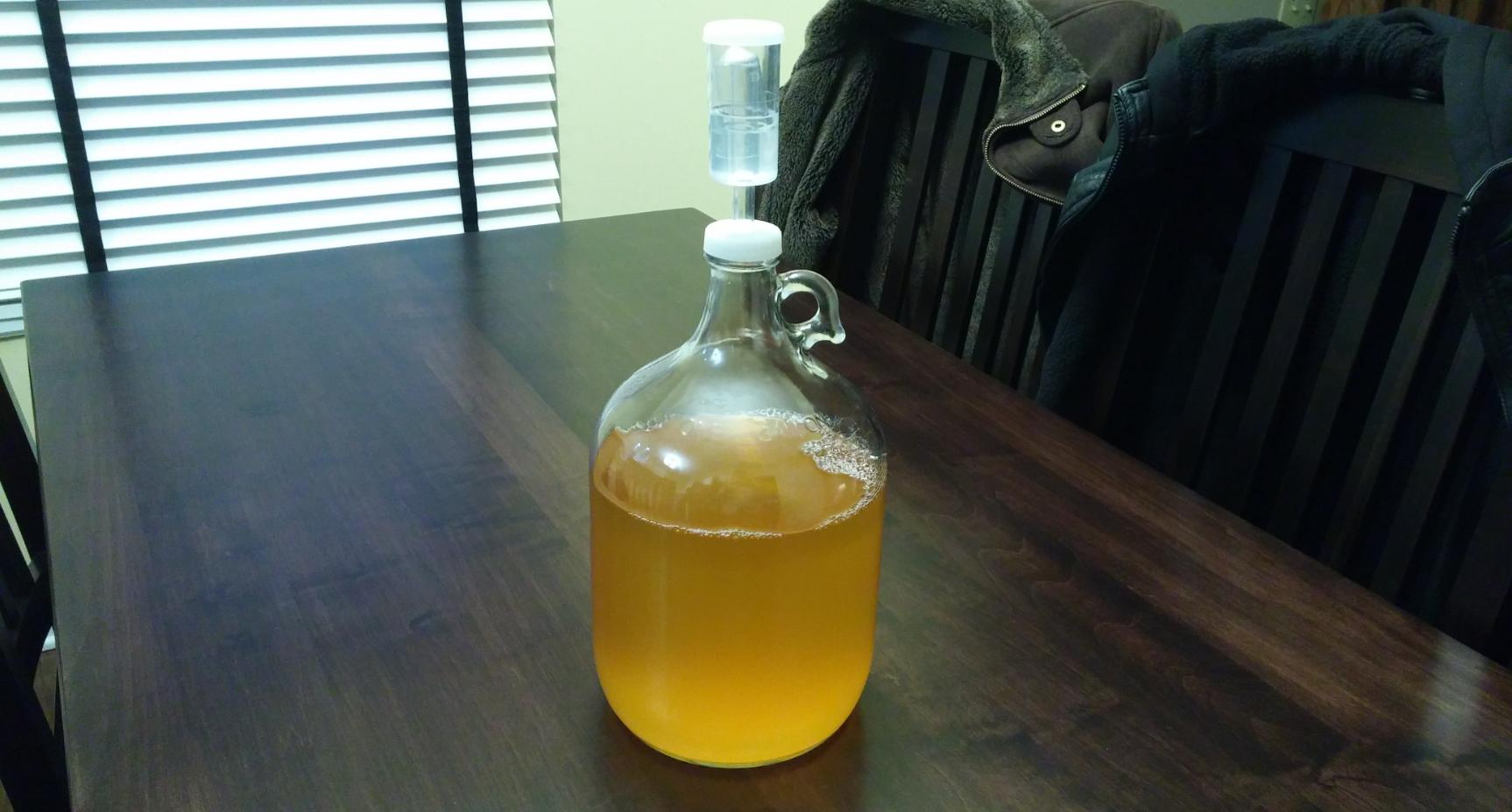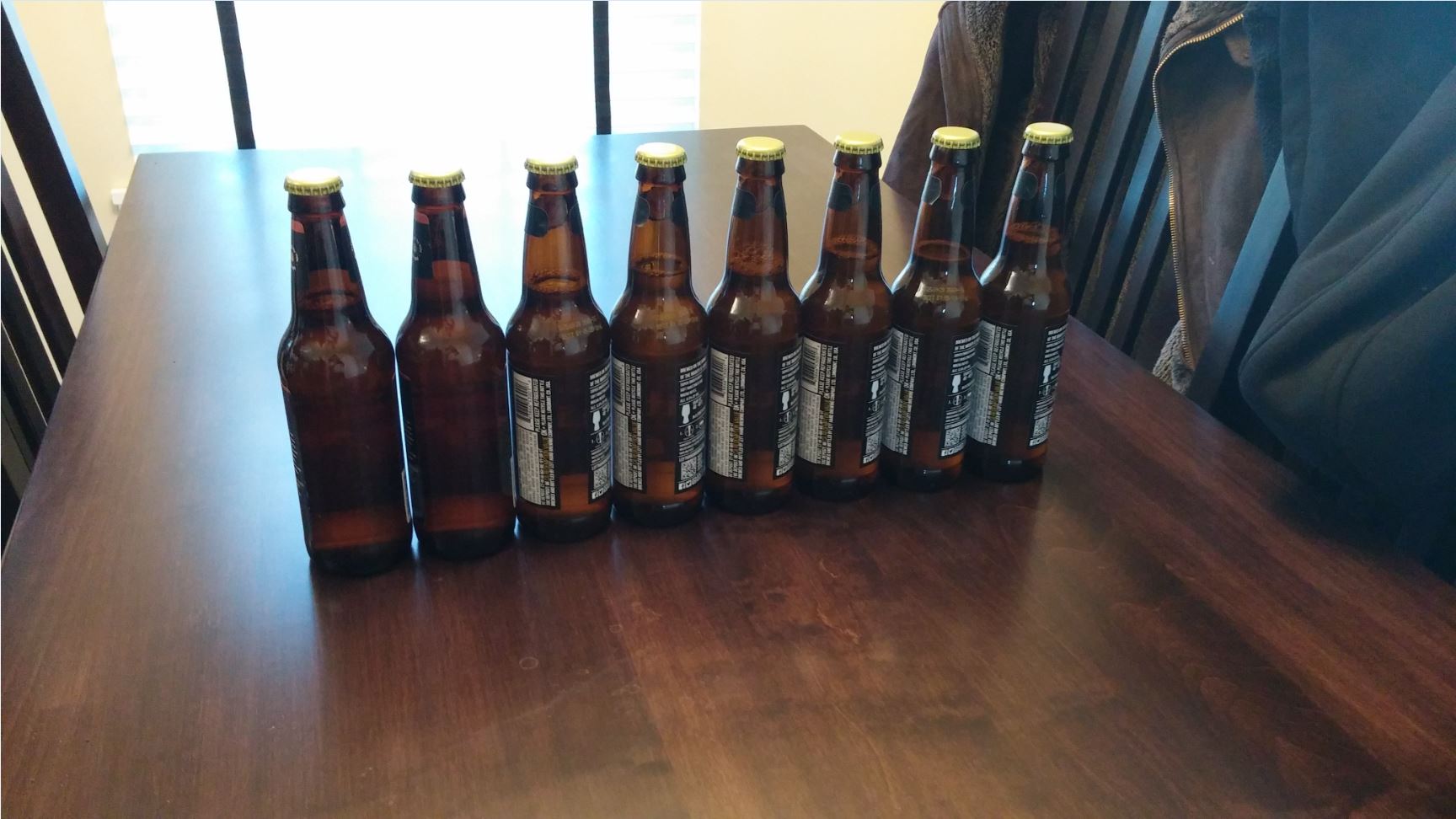Hello, I've dipped my toe into fermenting/brewing in the past, but always as a helper to a friend...this will be the first time I'll be wading in on my own.
Looking to see if the plan I have buzzing around my head sounds reasonable or if I've fallen into any obvious new-guy traps.
My goal is a carbonated cider, slightly sweet to bottle. In my mind that means something about as or slightly less sweet than store-bought WoodChuck:Amber. I found this post while reading through some of the stickies:
https://www.homebrewtalk.com/showpost.php?p=2322948&postcount=80
So that seemed like a good starting point for a recipe.
I have no large equipment, I do have most of the pots/pans/other standard household items, so here is a list of what I think I'll need/want:
Some bits of the process I'm not sure about:
Sound reasonable?
Looking to see if the plan I have buzzing around my head sounds reasonable or if I've fallen into any obvious new-guy traps.
My goal is a carbonated cider, slightly sweet to bottle. In my mind that means something about as or slightly less sweet than store-bought WoodChuck:Amber. I found this post while reading through some of the stickies:
https://www.homebrewtalk.com/showpost.php?p=2322948&postcount=80
So that seemed like a good starting point for a recipe.
I have no large equipment, I do have most of the pots/pans/other standard household items, so here is a list of what I think I'll need/want:
- Two 5-gallon carboys
- Stoppers+Air Locks
- Auto-Siphon+Hose
- Sanitizer
- Hydrometer + Graduated Cylinder
- Bottles
- Bottle Caps
- Bottle Capper
- Bottling Bucket
- pectic enzyme
- Nottingham Ale Yeast
Some bits of the process I'm not sure about:
- To take an SG reading, do you need a specialized tool to reach down and grab enough cider to measure mid-ferment? What would that tool be called?
- I was thinking about just fermenting, start to finish, in my basement...which isn't terribly temperature controlled. Will having a lowish temp (somewhere in the 60s) do anything bad to a ferment? or just slow it down? Should I make an insulated box?
- Should I invest upfront in any kind of tool/widget for cleaning either the bottles or carboys? Like a specialized nozzle or something?
Sound reasonable?




